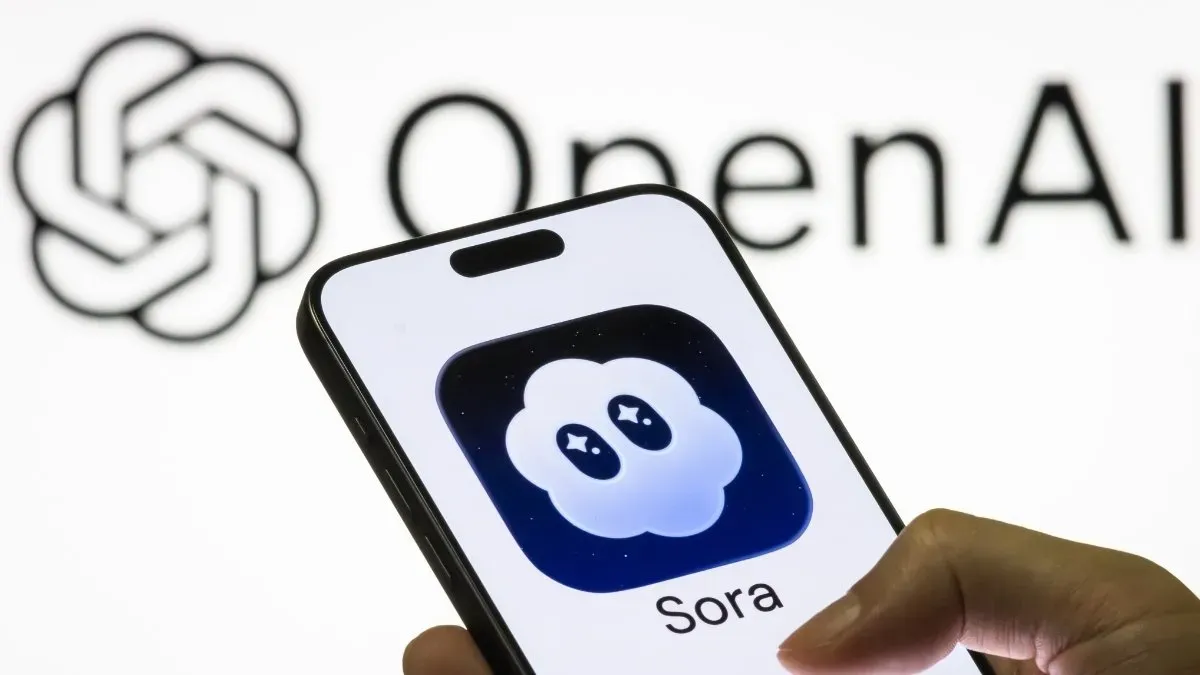OpenAI has released Sora 2, the successor to its original Sora video-generation model, marking a major step forward in AI-generated video. Launched on September 30 2025, Sora 2 is described by OpenAI as more physically accurate, realistic and controllable than previous systems.
The new model can simulate complex physical actions such as gymnastics routines, paddleboard tricks and triple axels with realistic physics, obeying the laws of momentum and buoyancy. Previous video models sometimes resorted to unrealistic shortcuts—teleporting objects or morphing them—to fulfil prompts, but Sora 2 handles failure realistically; for example, a missed basketball shot bounces off the backboard instead of magically landing in the hoop. OpenAI considers this ability to model mistakes as a critical capability for any world simulator.
Sora 2 also offers greater controllability, following intricate, multi-shot instructions while maintaining consistent world state across a scene. It supports various visual styles, from cinematic to anime, and generates synchronized audio—including speech and sound effects—leading to cohesive video‑audio experiences.
Alongside the model, OpenAI launched a new Sora app that allows users to generate and remix videos, collaborate socially and insert themselves or friends into generated scenes through “cameos”. The cameo feature is opt‑in and includes verification measures to prevent impersonation; once verified, users can control who is allowed to use their likeness and can revoke access at any time.
The app currently offers a free tier with usage limits, with a higher‑quality Sora 2 Pro version available to ChatGPT Pro subscribers and an API in development for third‑party integration. OpenAI plans to expand availability beyond the U.S. and Canada and to release an Android version soon.
Sora 2 represents a significant advancement toward realistic AI‑generated video and audio, improving physical simulation, controllability, and user‑centric features compared with its predecessor. As AI‑generated media continues to evolve, features like synchronized audio and responsible identity management will be key to ensuring creative potential while respecting individual rights.

OpenAI Launches Sora 2: Next Generation Video AI
Articles

The Evolution of Software Development: Trends to Watch
Software Development - 17 November 2023

Leveraging GitOps to Improve DevOps Workflows
Software Development - 17 November 2023
